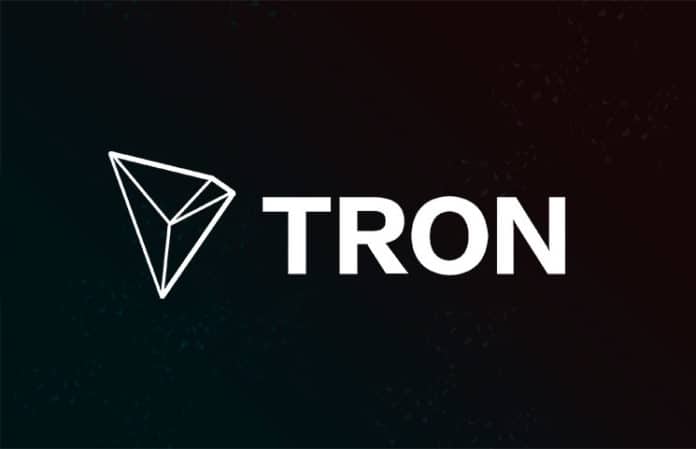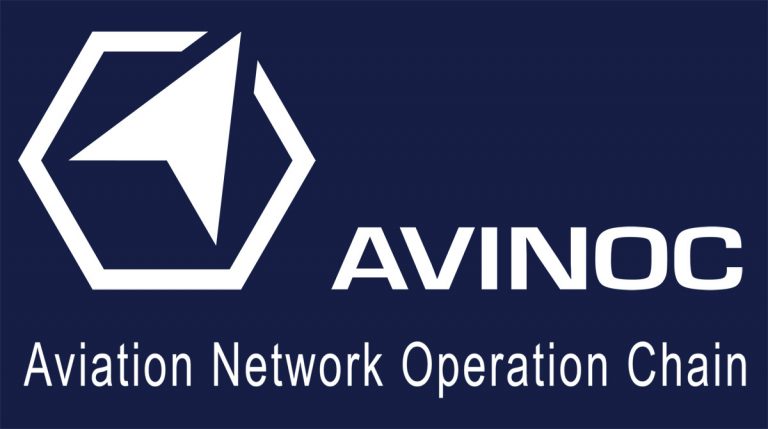2018-8-28 13:38 |
2009. The year blockchain was said to be born. Others would argue that it was actually October 31st, 2008, when anonymous developer Satoshi Nakamoto released his whitepaper. From there, many of the concepts of what we know as decentralization today, began.
In the first era of the internet – starting in the 1980s straight through to the early 2000s – internet services were built on open protocols that were regulated by the internet community. It was in this time that major web properties were started – Yahoo, Google, Amazon, YouTube, etc.
In the second era of the internet – mid 2000s to present day, the rise of for-profit companies increased. The notable ones being Google, Apple, Facebook, and Amazon. Software and services built by these companies rapidly outdid the capabilities presented by open protocols of the first era.
With this second era came smart technology – smartphones, mainly, that actually accelerated the trend of mobile applications. Users moved from open services to these centralized services that were more sophisticated in nature.
While this benefited the billions of people all over the world who received access to an array of technologies, with most being free to use, the second era of internet made it harder for independent startups, creators, and other groups to create their presence without being subjected to the changing rules of the major centralized platforms. Innovation became limited with time.
Decentralization – the Solution to Innovation’s ProblemsOver time, entrepreneurs, developers, and innovators have become cautious of building on top of centralized platforms. The problems that come with centralization outweigh the benefits. Some of these problems being the prevalence of fake data, restrictive privacy laws, data infiltration, and limited digital security. The release of Nakamoto’s whitepaper and the genesis of Bitcoin, opened the door for a new solution for the future of the internet: decentralization.
Decentralization is the center of what made Bitcoin innovative. It is also the key feature that continues to make blockchain technology disruptive and valuable in this advancing era. Decentralization offers startups the opportunity to work on their own terms, far from the rules and regulations of major internet corporations that run the web. For users, decentralization offers control and transparency.
A key problem with centralization is the fact that users are forced to surrender their control over their data and are subjected to vulnerability. Decentralization is said to be the key to “giving power back to the people”. Not only is it about giving users and innovators autonomy over their ideas and identity, but blockchain technology, and ultimately, decentralization offer users in the global ecosystem an opportunity to receive rewards of value.
The majority of blockchain projects have seen a rewards system, one that mainly has monetary value that can truly benefit both the developer and the user. Freedom is often a word that is tied to decentralization, but in recent times, key blockchain projects have been found to be struggling to remain fully decentralized. For a number of reasons, it seems like these projects, some that were responsible for ushering in decentralization and its development, have edged towards centralization.
The Blurred Path Leading to CentralizationBitcoin was the originator of distributed ledger technology, using a Proof of Work consensus mechanism to solve long-standing problems that were present on the internet. But, in an unfortunate turn of events, it seems that Bitcoin is struggling to remain truly decentralized.
At the time of its conception and subsequent development, the Proof of Work consensus mechanism was governed by nodes and maintained by miners. Miners were “regular” people who were interested in maintaining the distributed ledger technology, while being rewarded for their work. However, when mining rewards grew in value, and mining difficulty increased – along with the presence of competition – miners began to group together to share computational power and rewards.
Over time, a select number of large-sized pools, mainly based in China, took advantage of the low energy costs specific to their country, and obtained a monopolistic hold over the mining process. Decentralization was created with the intention of removing monopolistic holds that came with centralization. For such to be present now on the platform, the same platform that ushered in decentralization, is quite unfortunate.
All is not lost on Bitcoin, however. The Bitcoin network has a total of tens of thousands of separate nodes, and in terms of network security, is one of the best in the industry. Also, when one thinks about alternative cryptocurrency investments or even blockchain in general, Bitcoin is still predominantly the first thing that comes to mind. This shows that Bitcoin still has a lot of staying power.
Another platform that is seemingly diverting from being totally decentralized is Ethereum, the platform that soon followed after Bitcoin and also changed the game for blockchain technology. Known for its smart contract functionalities, Ethereum emulated Bitcoin in its efforts to achieve decentralization by implementing a PoW consensus mechanism.
Much like Bitcoin, however, the Ethereum blockchain has experienced issues in remaining decentralized. In particular, Ethereum was subject to substantial controversy surrounding its split between Ethereum and Ethereum Classic in the summer of 2016. This split, also known as a hard-fork, stemmed from a disagreement within the community over how to handle a hack that exploited the Decentralized Autonomous Organization (DAO), a flawed smart contract built on Ethereum that enabled the perpetrators to steal millions of dollars.
A proposed solution to this hack, spearheaded by founder Vitalik Buterin and the Ethereum Foundation, was to hard-fork the blockchain before the DAO’s vulnerabilities were exploited, thus allowing the stolen money to be returned. Proponents of Ethereum Classic (where the blockchain was not forked) were ideologically opposed to this solution, as it represented to them manipulation of the blockchain at odds with blockchain technology’s core principles of decentralization and immutability. This split brought Ethereum to a slippery slope: if the blockchain can be forked at will, where do we draw the line? And can we truly call it immutable or decentralized?
To be fair, before Ethereum executed the hard-fork, there was a public vote that involved all of the stakeholders, and the public agreed to the fork to protect the integrity of the chain. Also, in regards to decentralization, Ethereum is still one of the best protocols there is, with over 15,000 nodes operating worldwide. Many new projects also use the ERC token standard, since this standard is a tested and proven method for many uses.
NEO, a China-based public blockchain, is an example of another public blockchain project that has pursued scalability and efficiency at the expense of decentralization. The consensus mechanism, on NEO’s chain, is managed by a few master nodes, less than 50 in comparison to Bitcoin and Ethereum – over 9000 and 15000 respectively.
The NEO master nodes are controlled by NEO itself and its partners, thus giving them total control over the network, a situation which negates the concept of decentralization that blockchain is built on. What NEO does well is its transaction speed, using the dBFT consensus mechanism to achieve speeds much faster than PoW consensus blockchains. Also, NEO has opened up its City of Zion, where developers and enthusiasts alike can share code and collaborate on different projects.
Remaining Focused on What Truly Matters: DecentralizationIn order for decentralization to remain as the center of blockchain technology, it is important that developers strive to maintain blockchain and its values at all times. It is vital that all companies, established and upcoming, remember why blockchain technology was developed in the first place, and why centralization ceased from becoming the go-to option. A blockchain project that appears to remain focused on upholding decentralization is Metaverse.
The platform is aware of the dangers that could come with miner centralization, and has input a great deal of efforts to ensure that the playing field remains level for all interested players. The platform has also allowed users to create Digital Identities, innovatively with the option to use Avatars, as well as Digital Assets. These are examples of how this project has remained decentralized from its core, continuously aiming to keep the field fair for developers and users alike.
Additionally, with the Metaverse Explorer, users are able to easily access information on the Avatars and assets as well as get information on any address, transaction, or block quickly. The project focuses on consistently improving its consensus protocols to meet the needs of its users to avoid any form of mining centralization and unnecessary interference with the network – a move other blockchain projects could learn from.
The post Sticking to the Roots: Blockchain Technology and the Growing Need to Maintain Decentralization appeared first on CoinSpeaker.
origin »High Performance Blockchain (HPB) на Currencies.ru
|
|


















